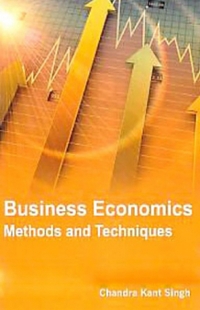Question
The United States and the European Union are negotiating the Transatlantic Trade and Investment Partnership (TTIP), an agreement that would create the world's biggest free-trade
The United States and the European Union are negotiating the Transatlantic Trade and Investment Partnership (TTIP), an agreement that would create the world's biggest free-trade zone and could result in the EU becoming one of the top three export markets for US poultry. The negotiations were planned to be finalized by the end of 2014, but are still not finished, as Britain's decision to leave the European Union and the rise of anti-globalization sentiments in the United States played by the Trump administration have thrown the negotiations into a new level of uncertainty.
On the other hand, the Europeans are concerned that the agreement would lead to lower EU food standards, and activists have found the symbol for their opposition in chlorinated American chicken, according to an NPR report. Most U.S. poultry is chilled in antimicrobial baths that can include chlorine to keep salmonella and other bacteria in check. In Europe, chlorine treatment was banned in the 1990s out of fear that it could cause cancer, so the control is focused on the live bird. That is, the flocks of chicken are tested regularly for salmonella, and if any of the chickens test positive, farmers have to get rid of the entire flock. This strict food policy makes poultry production in the EU more expensive than in the U.S.
Suppose the TTIP negotiators agree that the EU keeps a tariff of $0.18 per pound of chicken imported from the U.S. to decrease the U.S. cost advantage and allow European chicken producers to be more competitive. Examine the effects of the tariff. To simplify your analysis, assume that the United States and the European Union are the only two economies in the world that trade chicken and that the market for chicken is perfectly competitive.
Suppose the following econometric equations have been estimated:
The U.S. export supply of chicken:
QX = 2,840 + 4,000P
The domestic supply of chicken in the EU:
QS = 1,060 + 1,800P
The demand for chicken in the EU:
QD = 1,800 200P
where QX, QS, and QD are the quantities of chicken exported, supplied by the EU's domestic producers, and demanded by EU's consumers, respectively (in millions of pounds) and P is the price of chicken (in U.S. dollars per pound).
Question 1
What would be the free-trade price of chicken? How much chicken would the EU import with free trade?
Question 2
With the tariff, what will be the price of chicken in the EU? In the U.S.? How much chicken will be imported?
Question 3
What will be the change in consumer surplus in the EU (in U.S. dollars) as a result of the tariff? The change in producer surplus? How much revenue will the EU governments receive from the tariff? What will be the dollar amount of the terms-of-trade effect for the EU? For the U.S.?
Question 4
What will be the effect of the tariff on the EU's national well-being (in U.S. dollars)? On the U.S.'s national well-being? On the world's well-being?
Question 5
Is the EU's tariff nationally optimal? If not, what would be the optimal tariff?
Step by Step Solution
There are 3 Steps involved in it
Step: 1

Get Instant Access to Expert-Tailored Solutions
See step-by-step solutions with expert insights and AI powered tools for academic success
Step: 2

Step: 3

Ace Your Homework with AI
Get the answers you need in no time with our AI-driven, step-by-step assistance
Get Started


